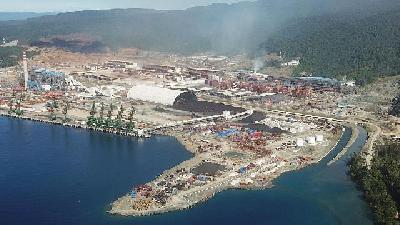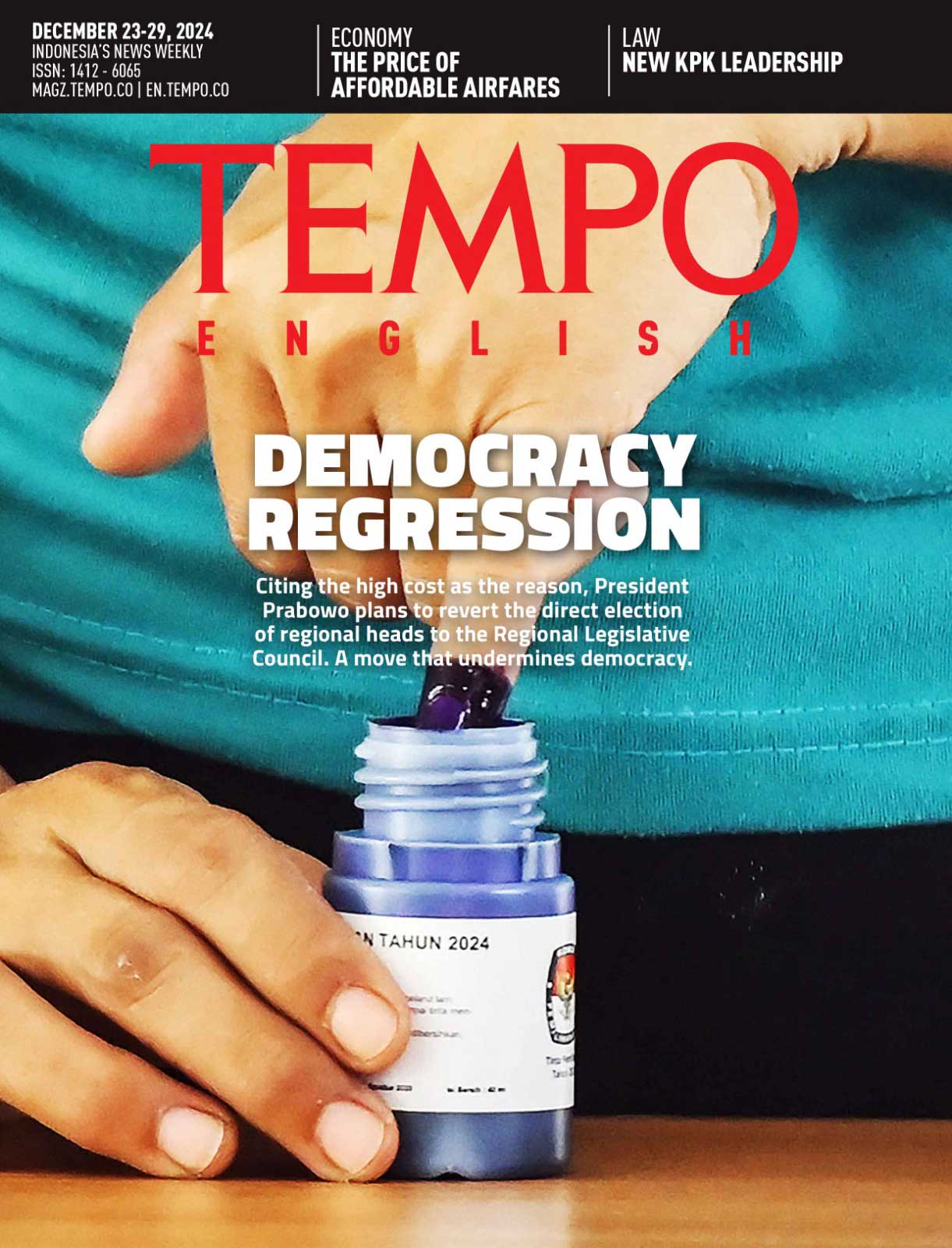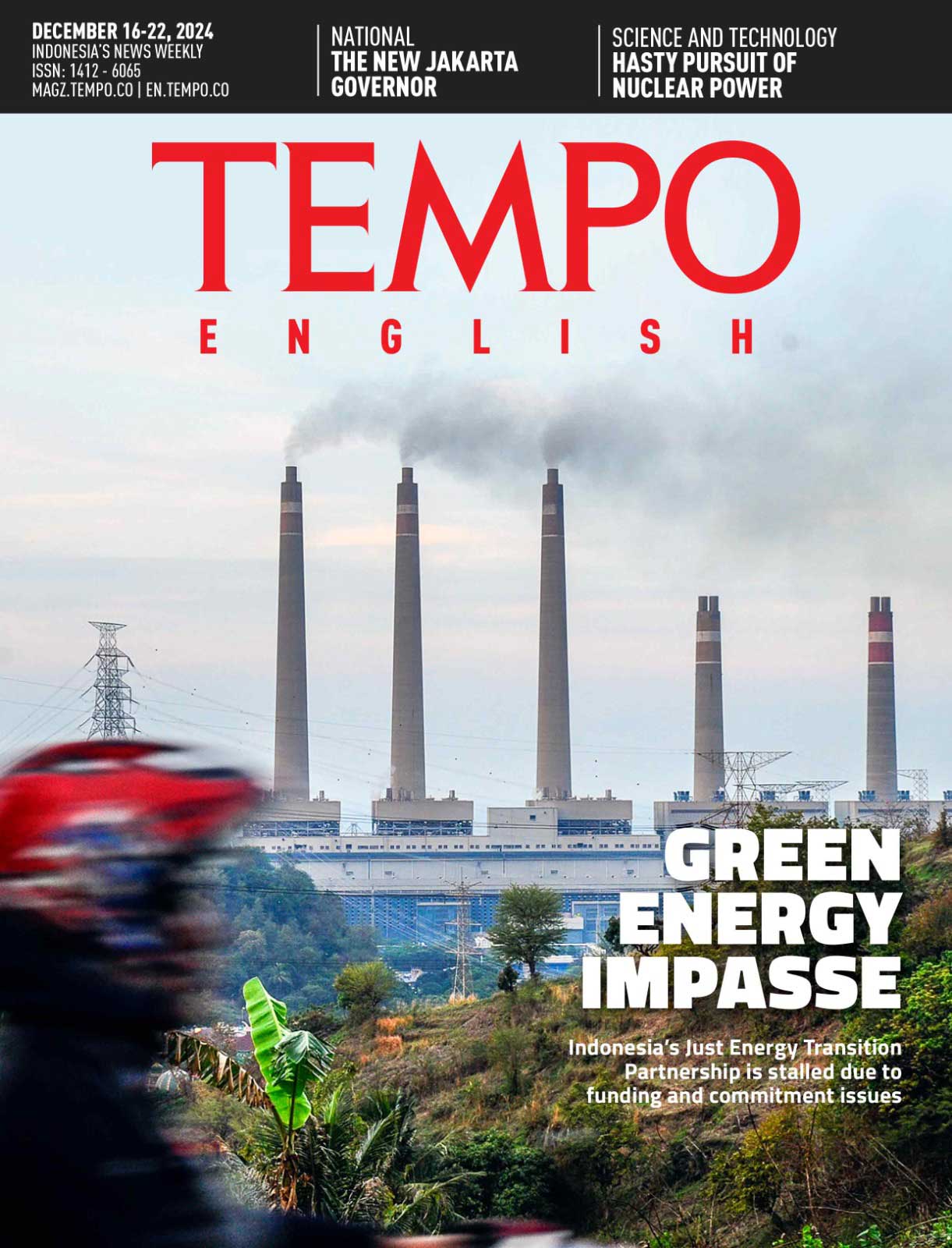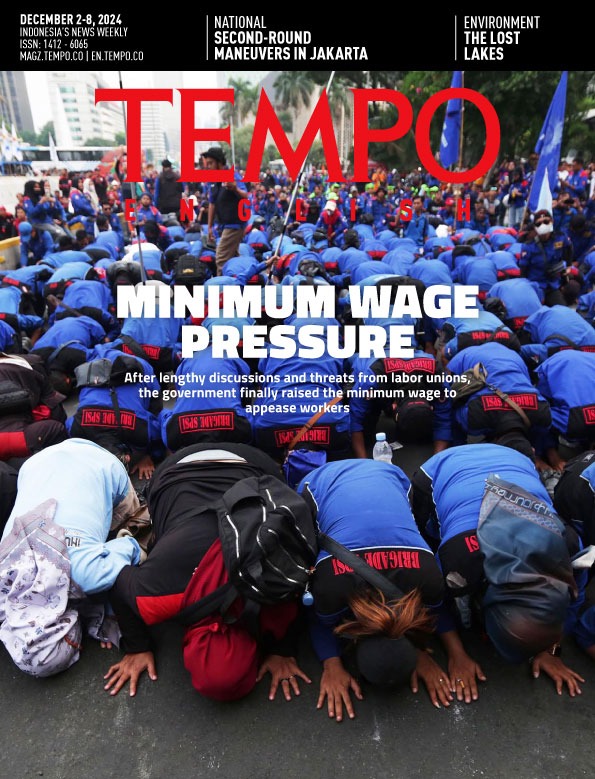The Angel's Lost Haven
Monday, February 8, 2021
The construction of smelter and nickel mines in Central Weda, North Maluku, threatens the population of protected endemic birds. The lush primary forests in mining concession areas are still full of large trees. This coverage is a collaborative work of Tempo and the Pasopati Project 2020 fellowship.
arsip tempo : 173517354499.
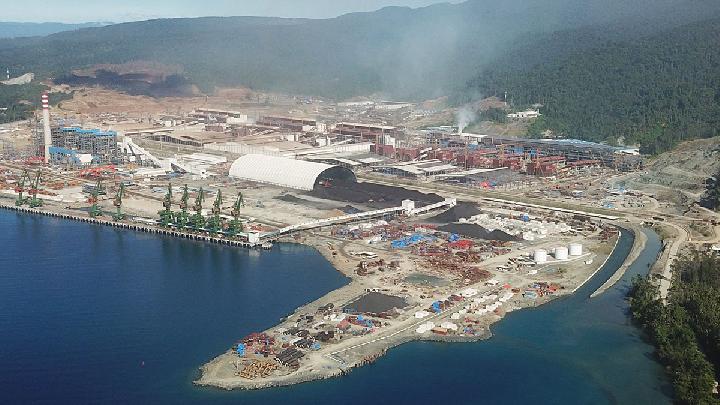
ALBORAN Memele, 39, ran towards a bird which was struggling between tree branches. He was walking to his coconut plantation on the edge of the forest in Kobe village, Central Weda subdistrict, Central Halmahera Regency, North Maluku, on Friday, January 22, when he saw the bird, called the weka-weka by locals, trapped in a net set by hunters to catch parrots.
He embraced the female weka and quickly untangled the net trapping its wings. The beauti
...
Subscribe to continue reading.
We craft news with stories.
 For the benefits of subscribing to Digital Tempo, See More
For the benefits of subscribing to Digital Tempo, See More






